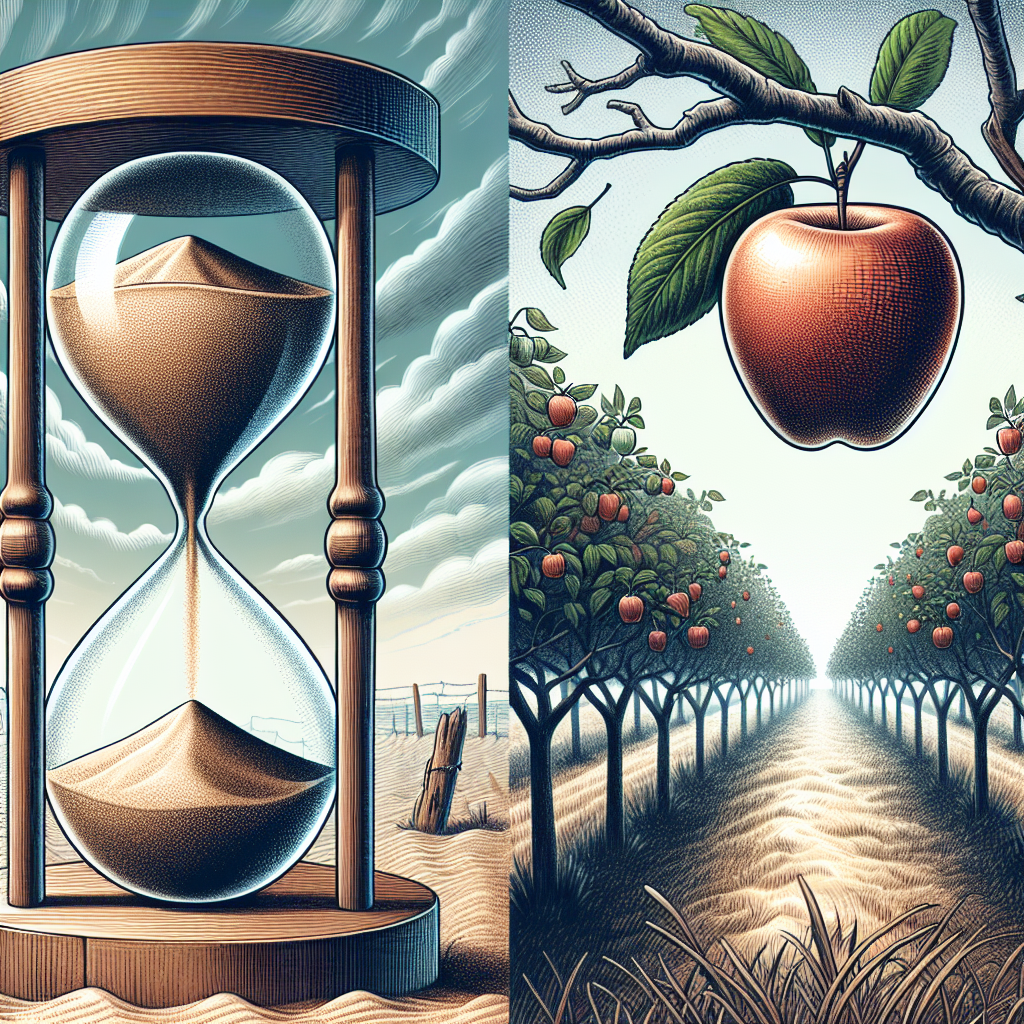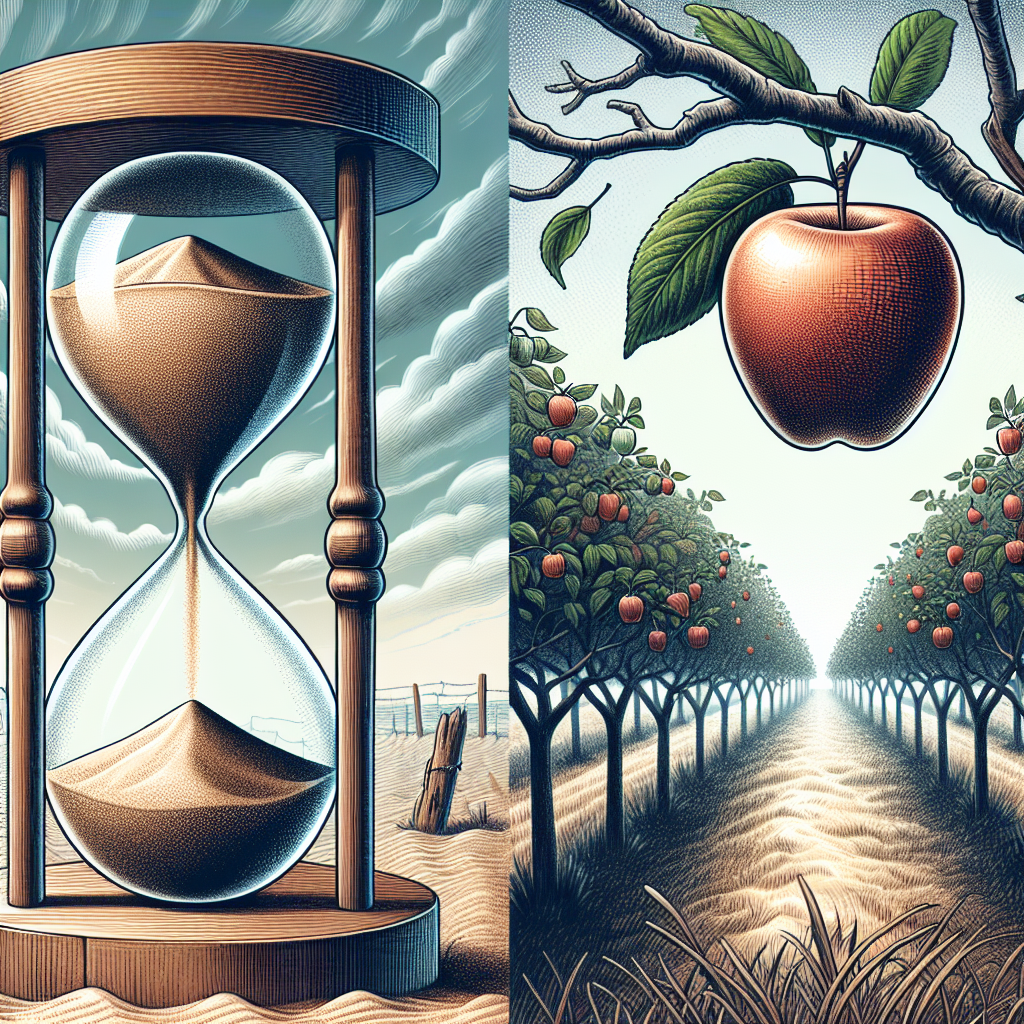Have you ever been browsing a website or scrolling through social media, only to come across a tempting advertisement with a limited time offer? You feel a sense of urgency and excitement, knowing that you have to act fast to take advantage of this special deal before it’s gone. This is the power of urgency and scarcity in incentive-driven advertising. In this article, we will explore how urgency and scarcity play a vital role in capturing consumer attention, driving sales, and creating a sense of exclusivity in the world of advertising. So, get ready to discover the secrets behind this effective marketing strategy.
Definition of Urgency and Scarcity
Understanding Urgency
Urgency refers to a sense of time pressure or the need for immediate action. In the context of incentive-driven advertising, it is the use of time-limited offers or limited availability to create a sense of urgency among consumers. Urgency can be instilled through various means such as countdown timers, limited stock notifications, or limited-time discounts. The aim is to motivate consumers to act quickly and make a purchase or take advantage of an offer before it expires.
Understanding Scarcity
Scarcity, on the other hand, is the perception of limited availability or rarity of a product or service. It can be created by restricting the supply of a particular item, promoting exclusivity, or highlighting the uniqueness of the offering. Scarcity plays into the psychological principle that when something is less available, it becomes more desirable. In incentive-driven advertising, scarcity is employed to create a sense of urgency and drive consumers to take immediate action to acquire the product or service.
The Power of Urgency in Incentive-Driven Advertising
Creating a Sense of Urgency
One of the key strategies in creating a sense of urgency in incentive-driven advertising is by setting time constraints. By incorporating limited-time offers, flash sales, or time-limited discounts, advertisers can effectively convey the message that the opportunity will soon expire, thus compelling consumers to act quickly. Additionally, the use of countdown timers or reminders can further enhance the perception of urgency, as it adds a visual element that reinforces the limited time available to make a purchase.
Psychological Impact of Urgency
Urgency taps into the fundamental human desire to avoid missing out on opportunities. The fear of loss and the fear of regret serve as powerful motivators for action. When consumers perceive a limited-time offer or a time-limited discount, they experience a heightened sense of urgency to act before the offer expires. This urgency triggers a response in the brain, releasing neurotransmitters such as dopamine, which further amplifies the emotional drive to make a purchase.
Urgency Techniques in Advertising
There are several techniques that can be employed to effectively communicate urgency in incentive-driven advertising. One common approach is to use strong and compelling language that emphasizes the limited-time nature of the offer. Phrases such as “Last chance,” “Limited stock,” or “Sale ends soon” create a sense of urgency and prompt consumers to take immediate action. Additionally, the strategic placement of time-sensitive information, such as countdown timers or expiration dates, can further reinforce the urgency and prompt consumers to make a swift decision.

The Role of Scarcity in Incentive-Driven Advertising
Creating Scarcity in Advertising
Creating a perception of scarcity in incentive-driven advertising involves highlighting the limited availability or exclusivity of a product or service. Advertisers can achieve this by emphasizing limited stock, limited edition releases, or exclusive offers for a select group of customers. By positioning the product or service as scarce, advertisers can trigger the psychological principle of scarcity, which intensifies consumer desire and motivates them to take immediate action to secure the offering.
Psychological Impact of Scarcity
Scarcity creates a sense of value and desirability for a product or service. When consumers perceive an item as scarce, they attribute higher value to it due to its perceived rarity or exclusivity. This effect is driven by a fear of missing out (FOMO) and the drive to possess something that is considered scarce. The limited availability or exclusivity enhances the perceived quality of the offering, making it more appealing and increasing the sense of urgency to acquire it.
Scarcity Techniques in Advertising
Advertisers can employ various techniques to effectively convey scarcity in incentive-driven advertising. One approach is to emphasize limited stock or limited-time availability, using phrases such as “Only X units remaining” or “Limited edition release.” Promoting exclusivity by offering special discounts or benefits to a select group of customers can also enhance the perception of scarcity. In addition, creating a sense of competition by highlighting that the offering is in high demand or that there is significant interest from other consumers can further intensify the perception of scarcity.
Incentive-Driven Advertising Strategies
Combining Urgency and Scarcity
The most impactful incentive-driven advertising strategies often combine both urgency and scarcity. By utilizing time-limited offers or limited availability, advertisers create a sense of urgency and scarcity simultaneously. This dual approach compels consumers to act quickly to secure the offering, as they are motivated by both the fear of losing out on the opportunity and the desire to possess something that is perceived as rare or exclusive. Combining urgency and scarcity maximizes the effectiveness of incentive-driven advertising campaigns.
Examples of Effective Incentive-Driven Advertising
Numerous successful advertising campaigns have leveraged urgency and scarcity to achieve exceptional results. One notable example is the “Black Friday” phenomenon, where retailers offer limited-time discounts and exclusive deals to create a sense of urgency among consumers. The limited duration and the perception of getting a bargain drive consumers to make instant purchase decisions. Another example is the release of limited edition products, such as high-end fashion collaborations or collectible items, where scarcity is emphasized to create a sense of exclusivity and desirability.

Understanding Consumer Behavior
Consumer Response to Urgency and Scarcity
Consumers tend to respond positively to incentive-driven advertising campaigns that utilize urgency and scarcity. The fear of missing out and the desire for exclusive or limited items are powerful motivators that prompt immediate action. When consumers perceive a limited-time offer or a scarce product, they are more likely to make a purchase decision to avoid the risk of regret or losing out on the opportunity. The sense of urgency and scarcity taps into innate psychological biases and influences consumer behavior.
Influence on Decision Making
Urgency and scarcity have a significant impact on consumer decision making. When consumers perceive a time constraint or limited availability, it creates a sense of urgency that overrides their typical decision-making process. The fear of missing out or the desire to possess something rare or exclusive becomes a priority, leading to impulsive and immediate action. The influence of urgency and scarcity can override rational thinking and result in consumers making decisions based on emotional responses rather than careful consideration.
Motivation and Action
Urgency and scarcity serve as strong motivators for consumer action. When consumers perceive a time-limited offer or a scarce product, their motivation to acquire the offering increases significantly. The time pressure and fear of loss trigger a response in the brain, releasing neurotransmitters that enhance motivation, such as dopamine. This heightened motivation leads to immediate action, driving consumers to make a purchase or take advantage of the limited-time opportunity.
The Role of Neurology in Urgency and Scarcity
Neurological Explanation of Urgency
The experience of urgency in incentive-driven advertising has a neurological basis. When consumers perceive a time-limited offer, the brain’s prefrontal cortex, responsible for decision making, is activated. Additionally, the amygdala, which processes emotions, also plays a role in the perception of urgency. The interaction between these brain regions intensifies emotional responses, amplifying the sense of urgency and motivating consumers to take immediate action.
Neurological Explanation of Scarcity
Scarcity has a profound neurological impact on consumer behavior. When consumers perceive an item as scarce, the brain’s reward center, primarily driven by the release of dopamine, is activated. Dopamine amplifies feelings of pleasure and desire, making the scarce item more appealing and valuable. The perception of scarcity also activates the brain’s prefrontal cortex, enhancing motivation and prompting consumers to act quickly to secure the rare item.
Ethical Considerations in Incentive-Driven Advertising
Balancing Persuasion and Manipulation
While urgency and scarcity can be powerful tools in advertising, it is crucial to maintain ethical standards and balance persuasion with manipulation. Advertisers must ensure that the information provided is accurate and transparent, avoiding deceptive practices that mislead or exploit consumers. Clear and honest communication about the limited-time nature or limited availability of an offering is essential to foster trust and respect in incentive-driven advertising campaigns.
Avoiding Deceptive Practices
To maintain ethical standards, advertisers should refrain from manipulating consumers through false or exaggerated claims of urgency or scarcity. It is important to provide genuine and verifiable reasons behind the urgency or scarcity of an offering, ensuring that the information is substantiated and aligns with the consumer’s expectations. Transparency and authenticity are key to conducting incentive-driven advertising campaigns ethically.
Analysis of Case Studies
Impact of Urgency and Scarcity in Advertising Campaigns
Case studies analyzing the impact of urgency and scarcity in advertising campaigns have consistently shown positive results. Campaigns that effectively utilize urgency and scarcity have demonstrated increased conversion rates, higher sales volume, and improved customer engagement. For example, limited-time offers or flash sales have proven to generate a sense of urgency, leading to higher conversion rates and increased revenue within a short time frame.
Successes and Failures
While many advertising campaigns have achieved success by incorporating urgency and scarcity, there have also been instances where the approach has backfired. When advertisers create a false perception of urgency or scarcity, consumers may feel deceived and develop mistrust towards the brand. It is essential to strike a balance between creating a sense of urgency and scarcity while being truthful and transparent, as maintaining consumer trust is crucial for long-term success.
Future Trends in Incentive-Driven Advertising
Technological Advancements
Advancements in technology present new opportunities for incentive-driven advertising. The use of artificial intelligence and machine learning allows for personalized and targeted messaging, optimizing the delivery of urgency and scarcity in advertising campaigns. Additionally, advancements in augmented reality and virtual reality can enhance the consumer experience, creating a sense of urgency and scarcity through immersive and interactive content.
Personalization and Customization
As consumers increasingly value personalized and tailored experiences, future trends in incentive-driven advertising will focus on customization. Advertisers will leverage data-driven insights to deliver personalized offers, discounts, or promotions based on individual preferences and behaviors. By creating a sense of urgency and scarcity around customized offerings, advertisers can strengthen the emotional connection with consumers, increasing their likelihood of taking immediate action.
Conclusion
Incentive-driven advertising is a powerful strategy that utilizes urgency and scarcity to motivate consumers to take immediate action. Creating a sense of urgency through time-limited offers and limited availability, combined with emphasizing scarcity, triggers emotional responses and influences consumer behavior. Understanding consumer response, neurological processes, and ethical considerations enables advertisers to effectively utilize urgency and scarcity while maintaining transparency and trust. As technology advances, the future of incentive-driven advertising will revolve around personalization and customization, enhancing the impact of urgency and scarcity in driving immediate consumer action. The role of urgency and scarcity in incentive-driven advertising is significant, providing marketers with valuable tools to capture consumer attention and drive sales.


